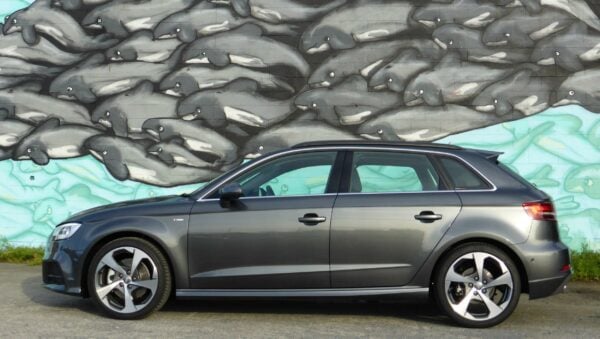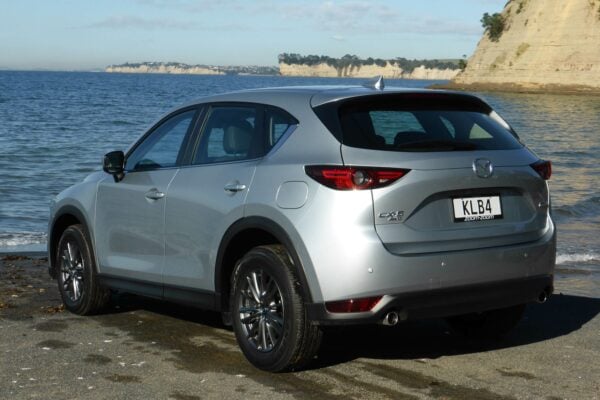Let’s say you’re awesome at driving in reverse. Can you drive everywhere backwards?
The answer is no, for several reasons.
Firstly, the law states you can only drive in reverse as far as necessary to perform a manoeuvre.
You will be facing the wrong way in the lane which means your lights will be facing the wrong way and there are no reflectors to reflect the headlights of the vehicles following you. Your headlights will be facing the in the wrong direction, so you won’t be able to illuminate the road ahead, and you’ll be blinding drivers behind you. Your brake lights are facing forwards, meaning drivers following you won’t know when you are braking.
Your vehicle’s brakes are set up so that they are more powerful on the front wheels. This is because as you brake, weight is transferred forwards (‘brake dip’) and therefore there’s more friction on the front wheels. Most vehicles have smaller rear brake discs than front brake discs; the larger front discs dissipate the additional heat created. While ABS will prevent the wheels from locking up, there will be less braking performance overall.

Steering geometry is set up for the steering wheels to lead the rear wheels, not for rear-wheel steering. At higher speeds, overcorrection will seriously destabilise the vehicle with a pendulum effect. The steering is unlikely to return to the centre as easily, if at all, (i.e. front wheels straight) when driving in reverse
The vehicle is not geared to travel at high speeds in reverse if you have a conventional gearbox. You might be able to get away with it in low-speed traffic, but not at open-road speeds where you’ll become an obstruction to traffic. To keep up with traffic you’ll need to rev the engine to the redline which will be noisy for you, and for those around the vehicle.
Your vision is compromised looking in reverse. The headrest will create a large blind spot. Most vehicles have thick C pillars for crash protection, plus your point of vision starts a long way back from the rear window, meaning that the blind spots are much bigger than when looking forwards. You would also have no wing mirrors facing in a direction that would allow you to see what’s going on behind you (i.e. towards the front of the car).

Looking behind you will fatigue you quickly as you’ll be turned in one direction to look where you are going. It’s not possible to drive backwards at speed using just the mirrors – you would not have adequate depth perception, and there’s a big blind spot right behind the vehicle (bear in mind you won’t be able to look at your reversing camera because you’ll be facing the other way).

The results of even a minor crash could be a lot more severe seeing as your body is twisted.
Driving at speed in reverse means no cooling air is entering the engine bay and flowing across the radiator. The engine’s fan will have to work overtime to keep it cool. There’s also positive pressure up the exhaust pipe, rather than allowing the engine to breathe freely.
Cars are designed to have the best coefficient of drag driving forwards. Driving in reverse means more wind resistance, leading to increased fuel consumption (notwithstanding the low gearing of reverse gear leading to higher engine revs that burns more fuel).
There’s a small chance that you will suffer more from fumes coming in the car in reverse. If you open your windows, you are driving towards your own exhaust emissions.
Electric cars might give more of a possibility of driving in reverse for longer periods of time as they don’t require the gearbox that an internal combustion engine car requires, they will be able to go as fast in reverse as forwards, and there is no engine that needs to be cooled. However, the illegality of not having lights facing in the right direction, and the impracticality of every other challenge still means it’s a bad idea.

